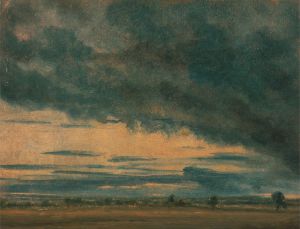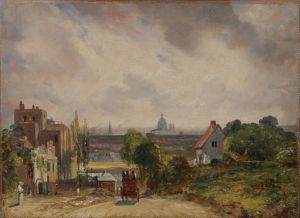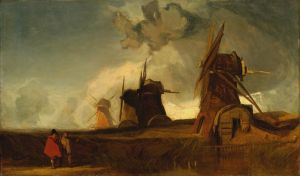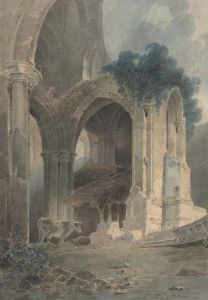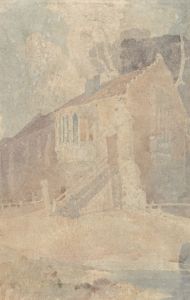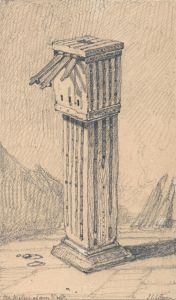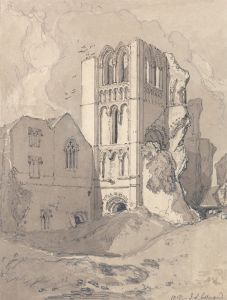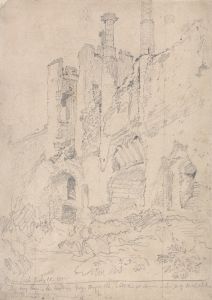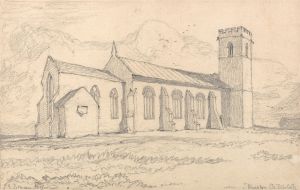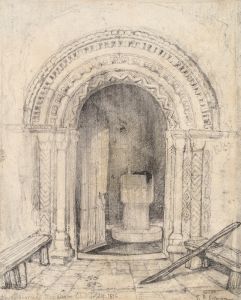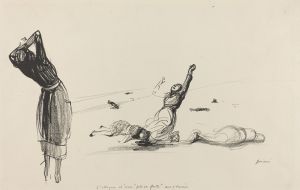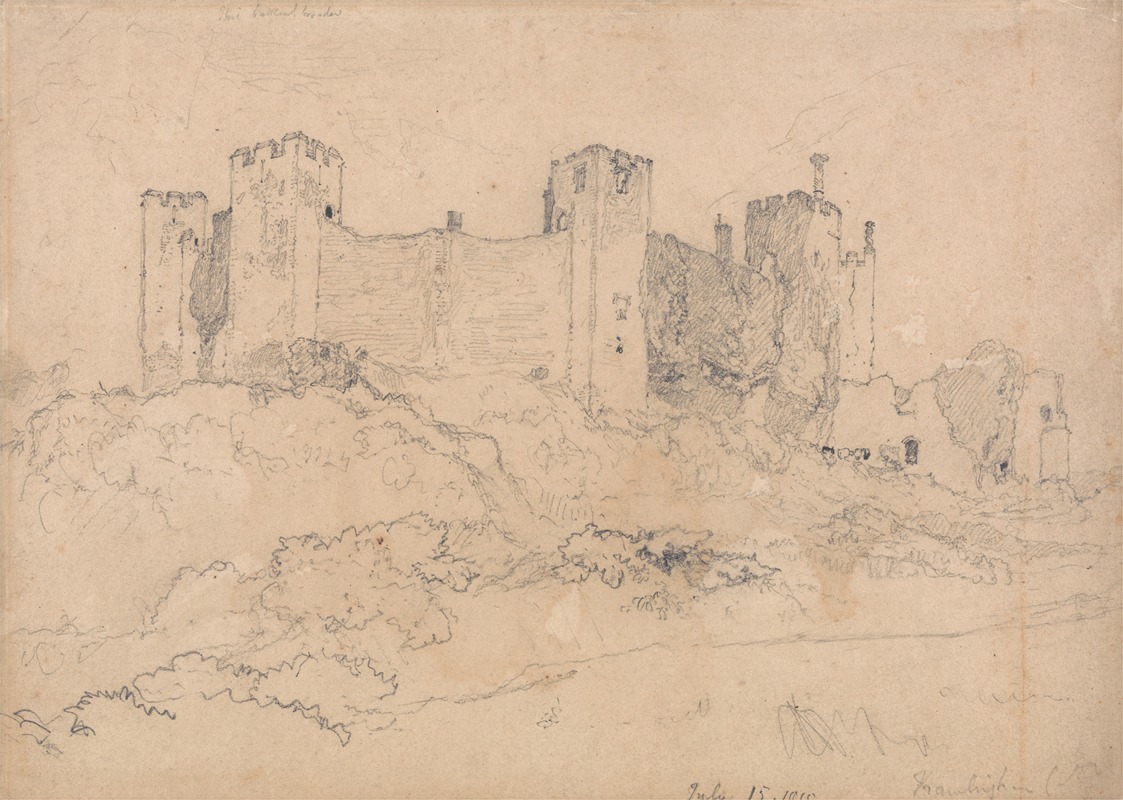
Framlingham Castle, Suffolk
A hand-painted replica of John Sell Cotman’s masterpiece Framlingham Castle, Suffolk, meticulously crafted by professional artists to capture the true essence of the original. Each piece is created with museum-quality canvas and rare mineral pigments, carefully painted by experienced artists with delicate brushstrokes and rich, layered colors to perfectly recreate the texture of the original artwork. Unlike machine-printed reproductions, this hand-painted version brings the painting to life, infused with the artist’s emotions and skill in every stroke. Whether for personal collection or home decoration, it instantly elevates the artistic atmosphere of any space.
Framlingham Castle, Suffolk is a watercolor painting by the renowned English artist John Sell Cotman, who was an influential figure in the Norwich School of painters. Cotman, born in 1782, was known for his landscape paintings and architectural studies, which often depicted the serene beauty of the English countryside and its historical edifices. His work is celebrated for its clarity, precision, and the subtle interplay of light and shadow.
The painting "Framlingham Castle, Suffolk" captures the historic Framlingham Castle, located in the county of Suffolk, England. Framlingham Castle is a significant historical site, originally constructed in the late 12th century. It played a crucial role throughout English history, particularly during the Tudor period. The castle is noted for its curtain wall and thirteen towers, which are distinctive features of its architecture.
Cotman's depiction of Framlingham Castle is a testament to his skill in rendering architectural subjects with both accuracy and artistic sensitivity. The watercolor medium allowed Cotman to explore the delicate nuances of light and color, which are evident in the way he portrays the castle's stonework and the surrounding landscape. His use of soft washes and precise lines brings a sense of tranquility and timelessness to the scene.
The painting reflects Cotman's interest in the picturesque and the sublime, themes that were prevalent in the art of the early 19th century. By focusing on the castle's imposing structure and its integration with the natural environment, Cotman invites viewers to appreciate both the historical significance and the aesthetic beauty of the site. The composition likely emphasizes the castle's relationship with its surroundings, highlighting the harmony between human-made structures and the natural world.
John Sell Cotman's work, including "Framlingham Castle, Suffolk," is part of a broader movement within British art that sought to document and celebrate the nation's historical and architectural heritage. His paintings often served as a visual record of England's past, capturing the essence of its landscapes and monuments at a time when industrialization was beginning to transform the country.
Cotman's artistic legacy is preserved in numerous collections, with his works held by major institutions such as the British Museum and the Tate Gallery. His contributions to the Norwich School and his influence on subsequent generations of artists underscore his importance in the history of British art.
"Framlingham Castle, Suffolk" remains a fine example of Cotman's ability to blend technical precision with artistic expression, offering viewers a glimpse into the rich tapestry of England's historical landscape through the eyes of one of its most talented painters.





